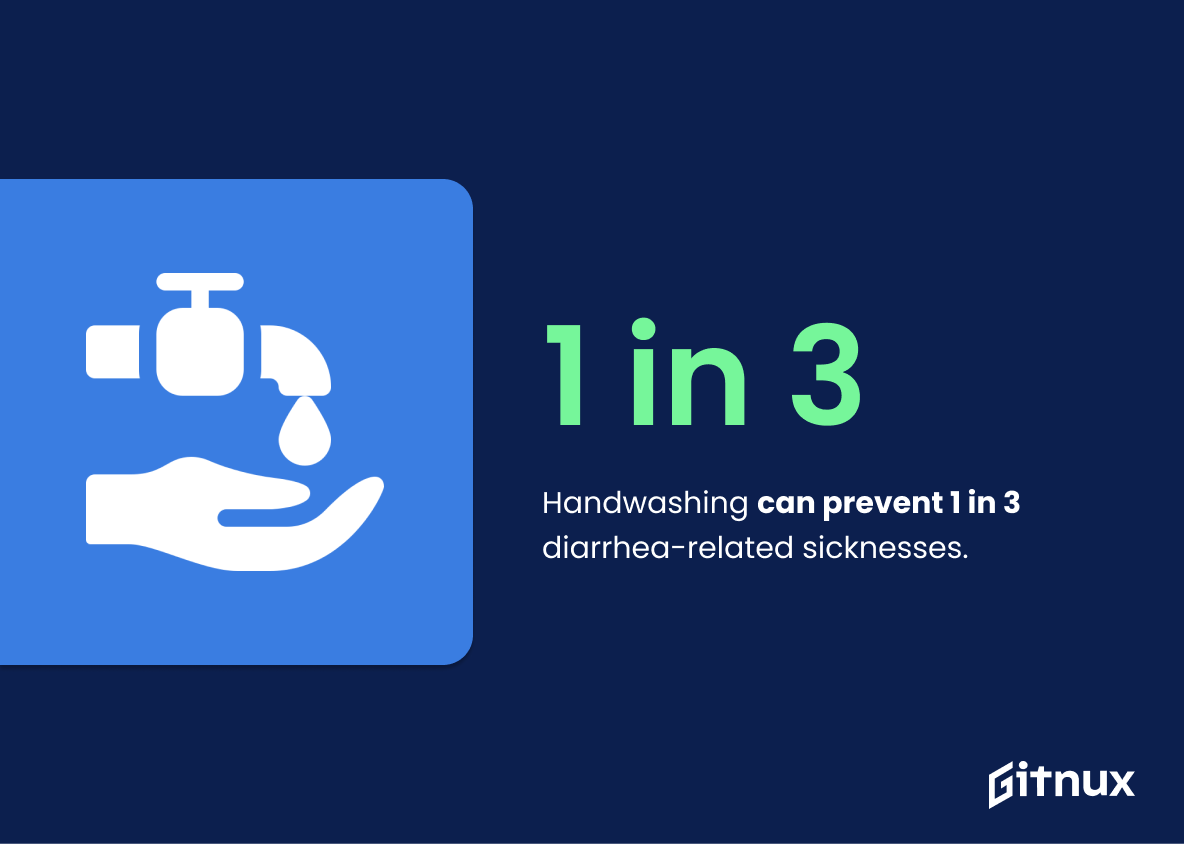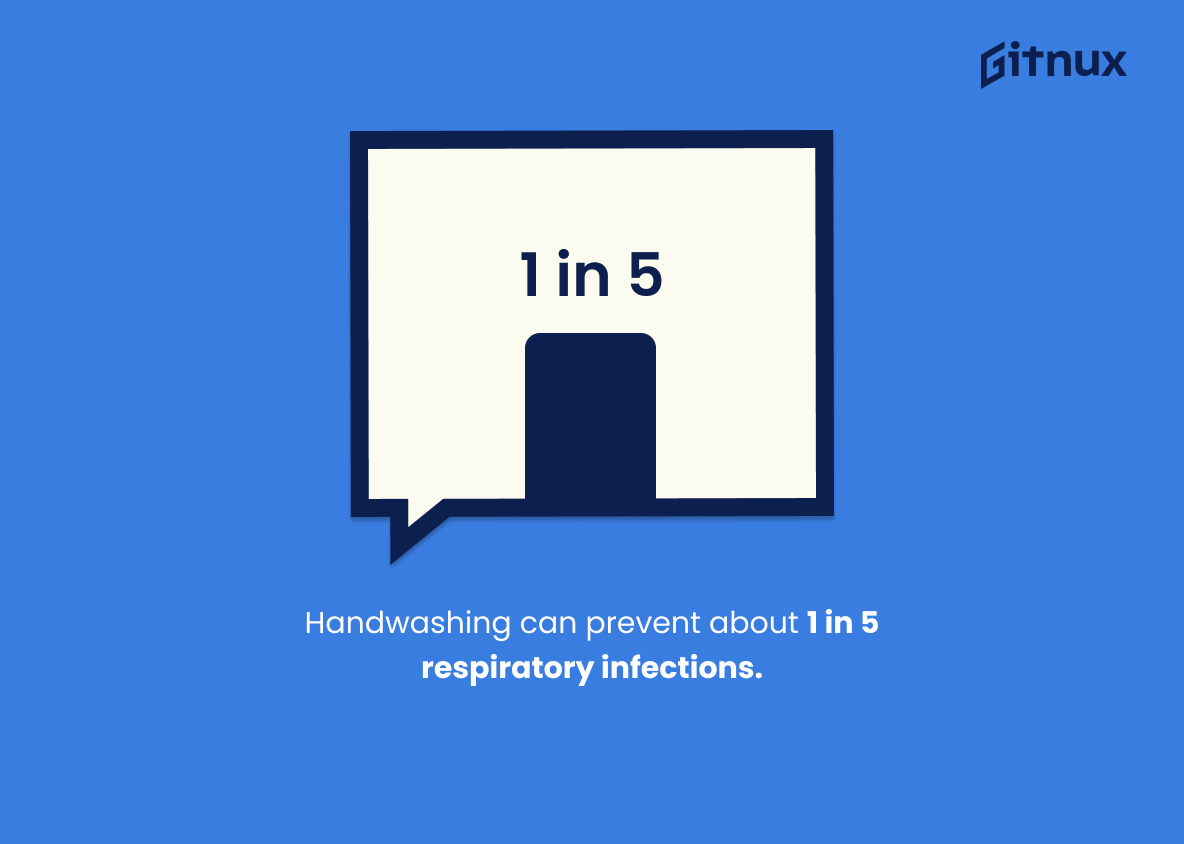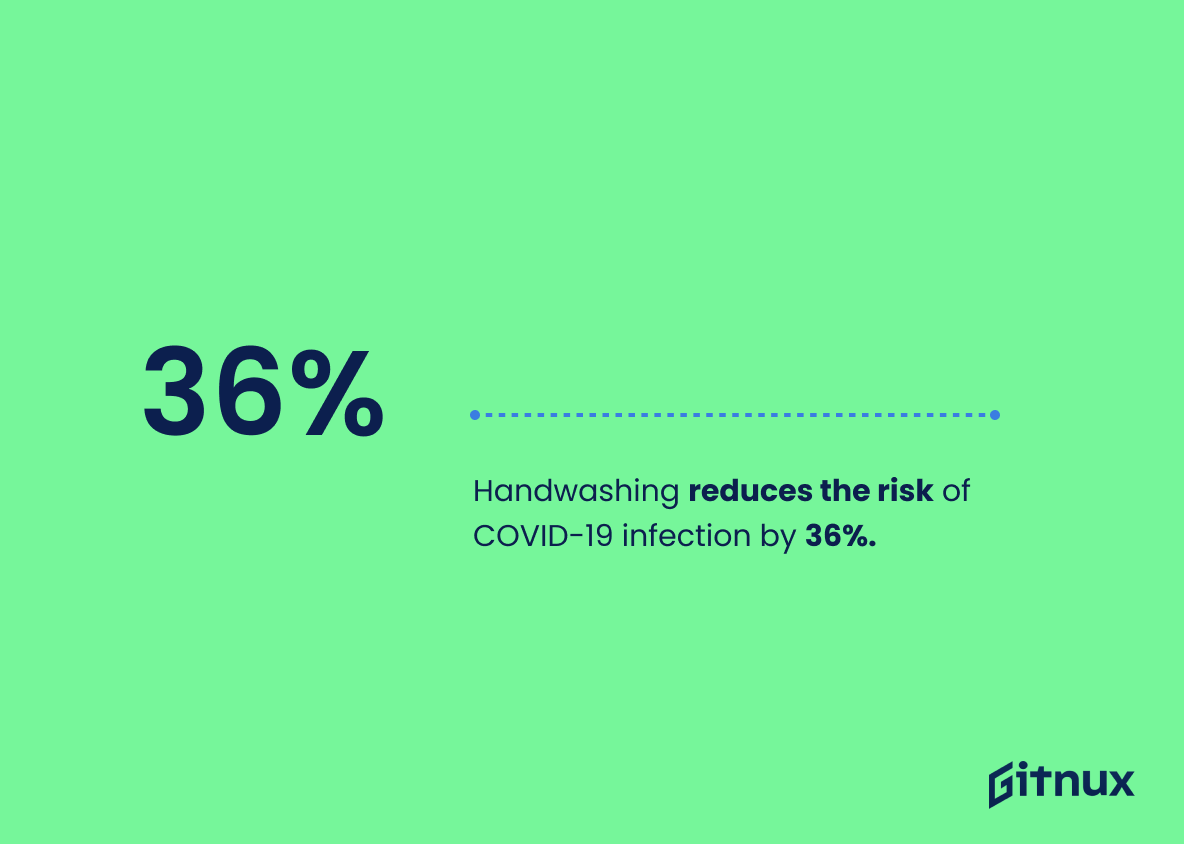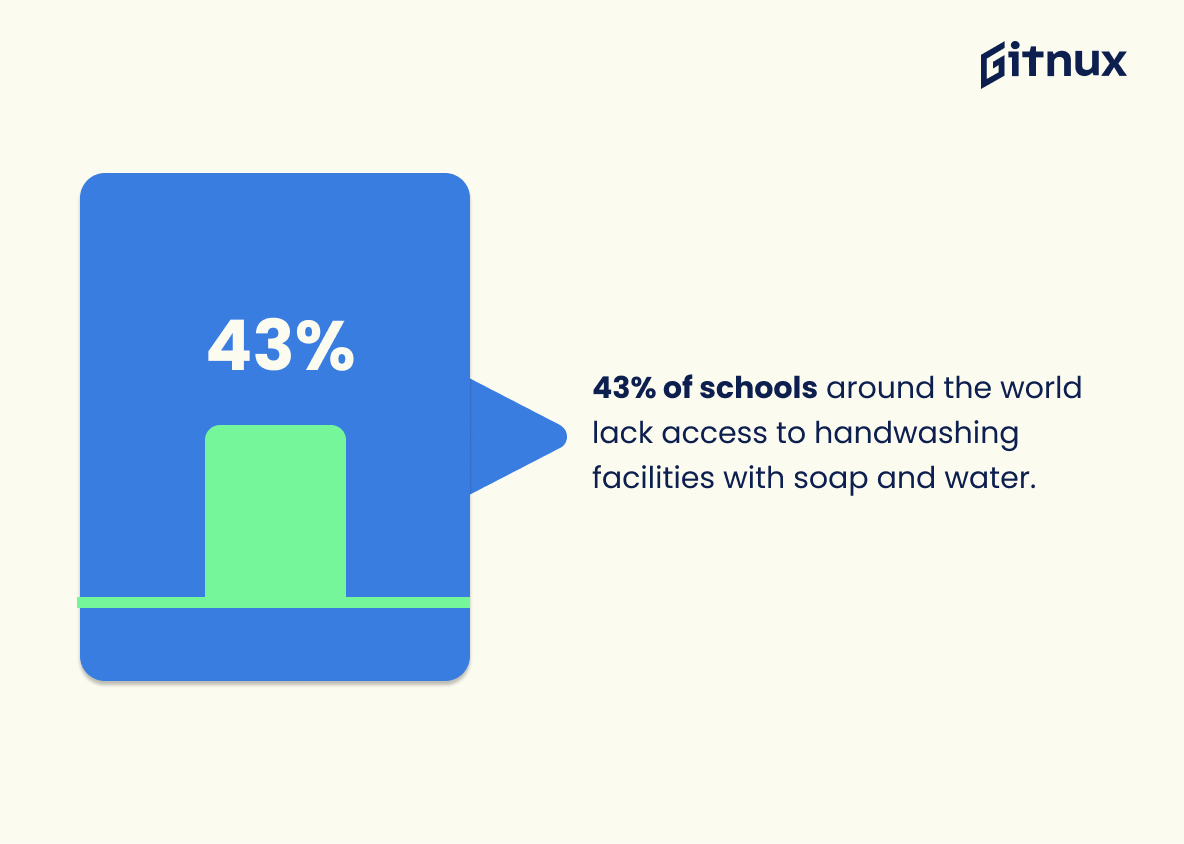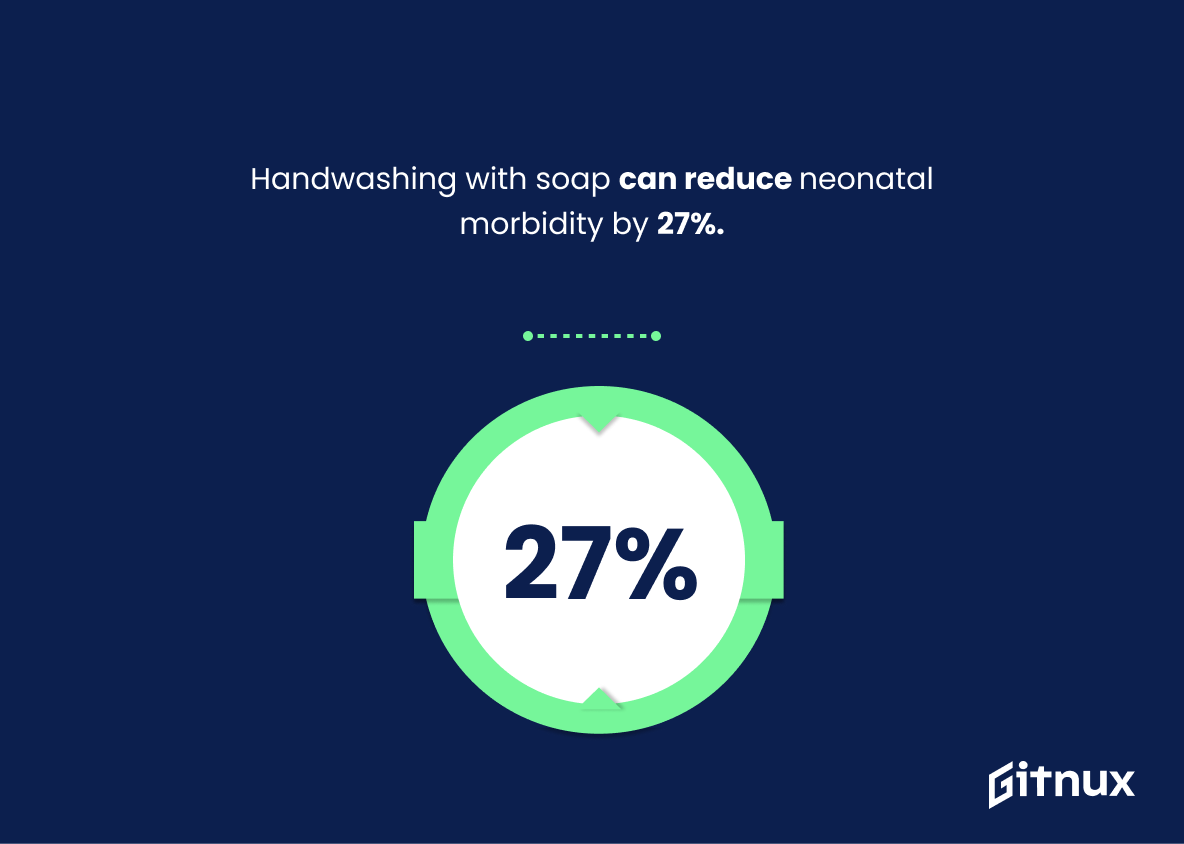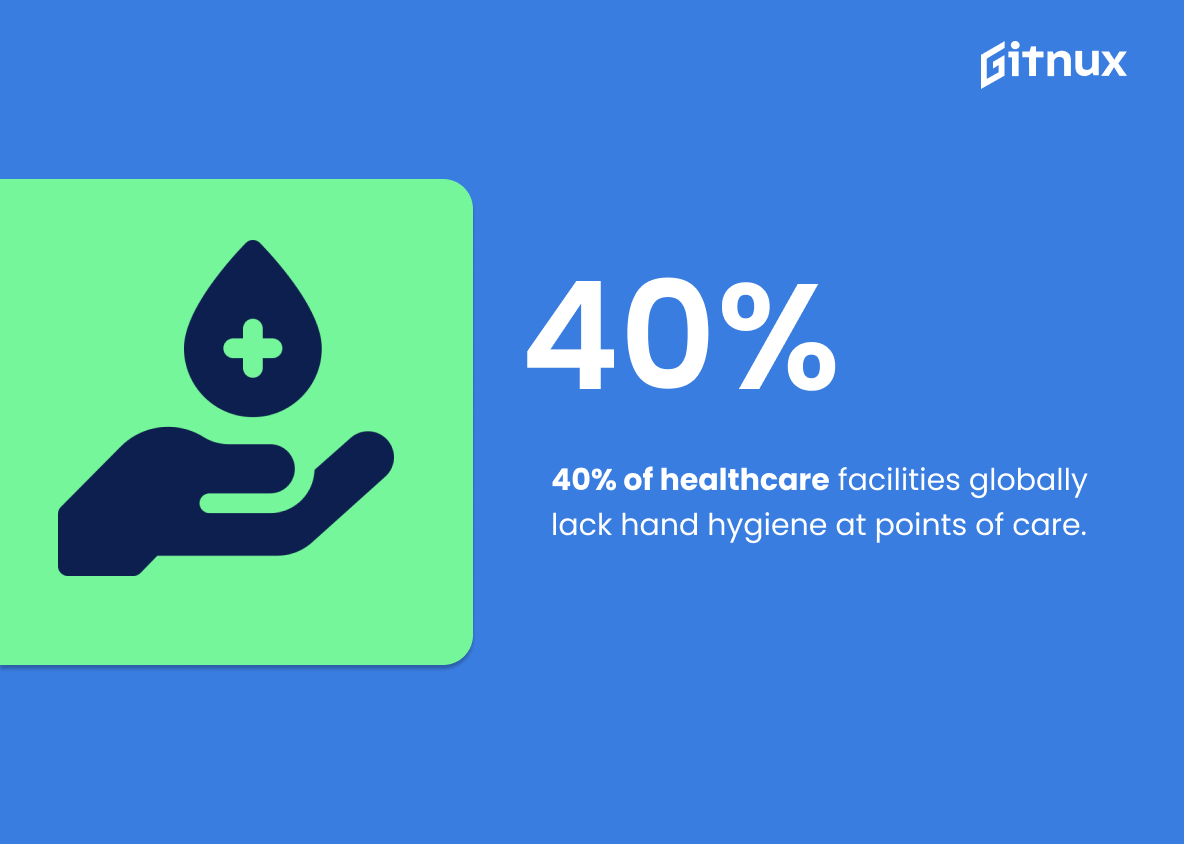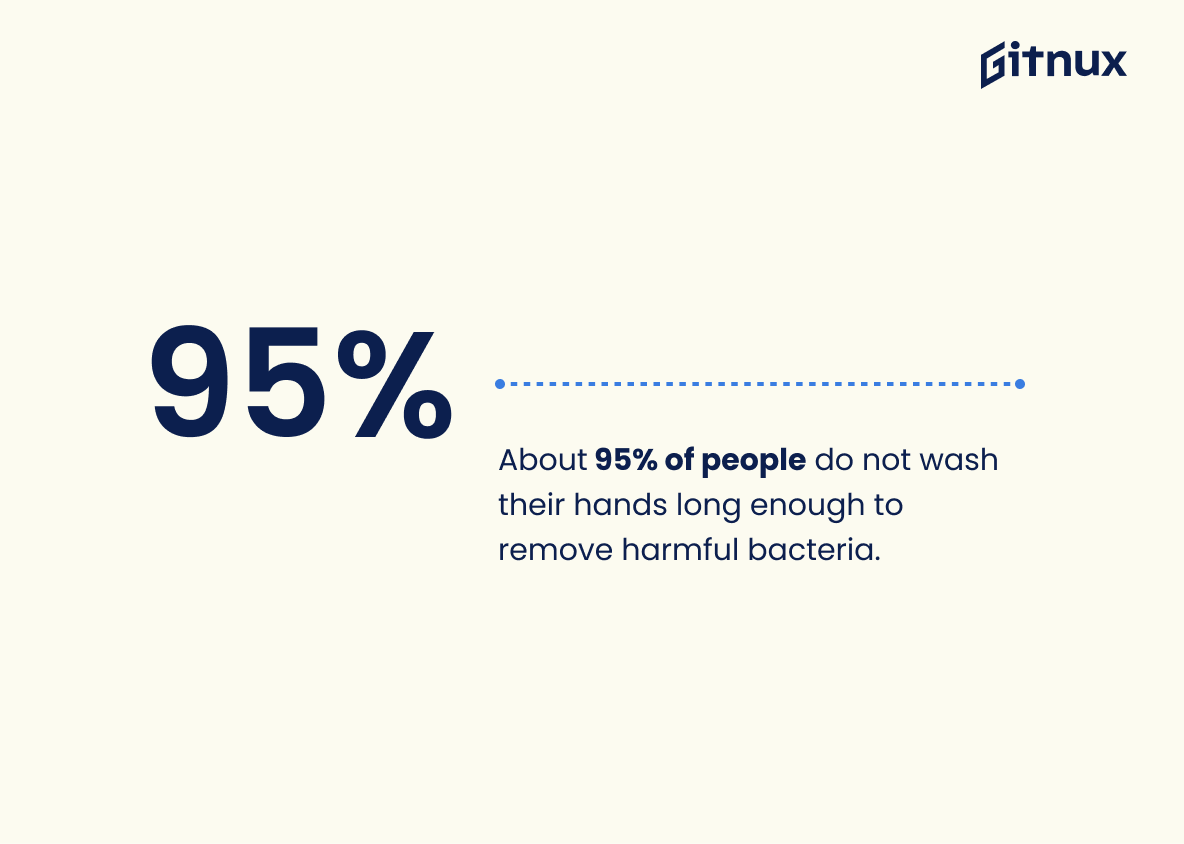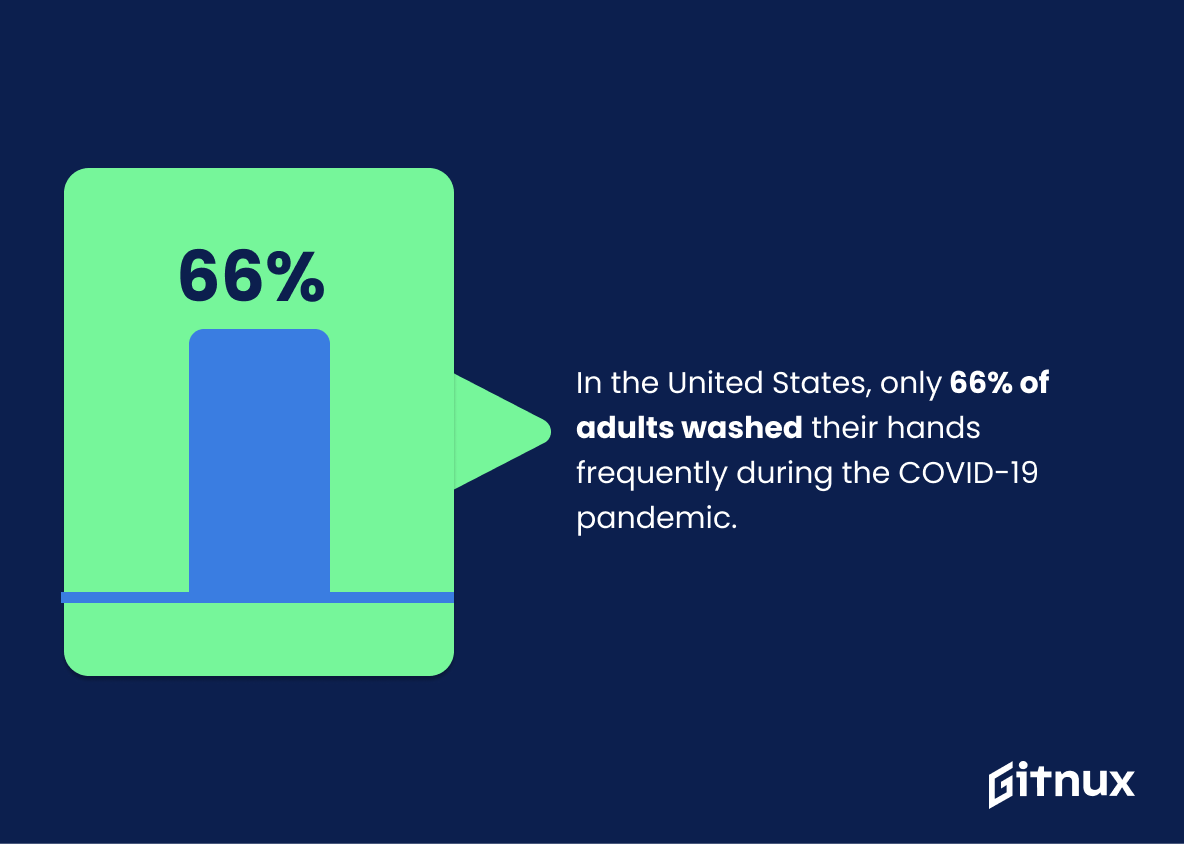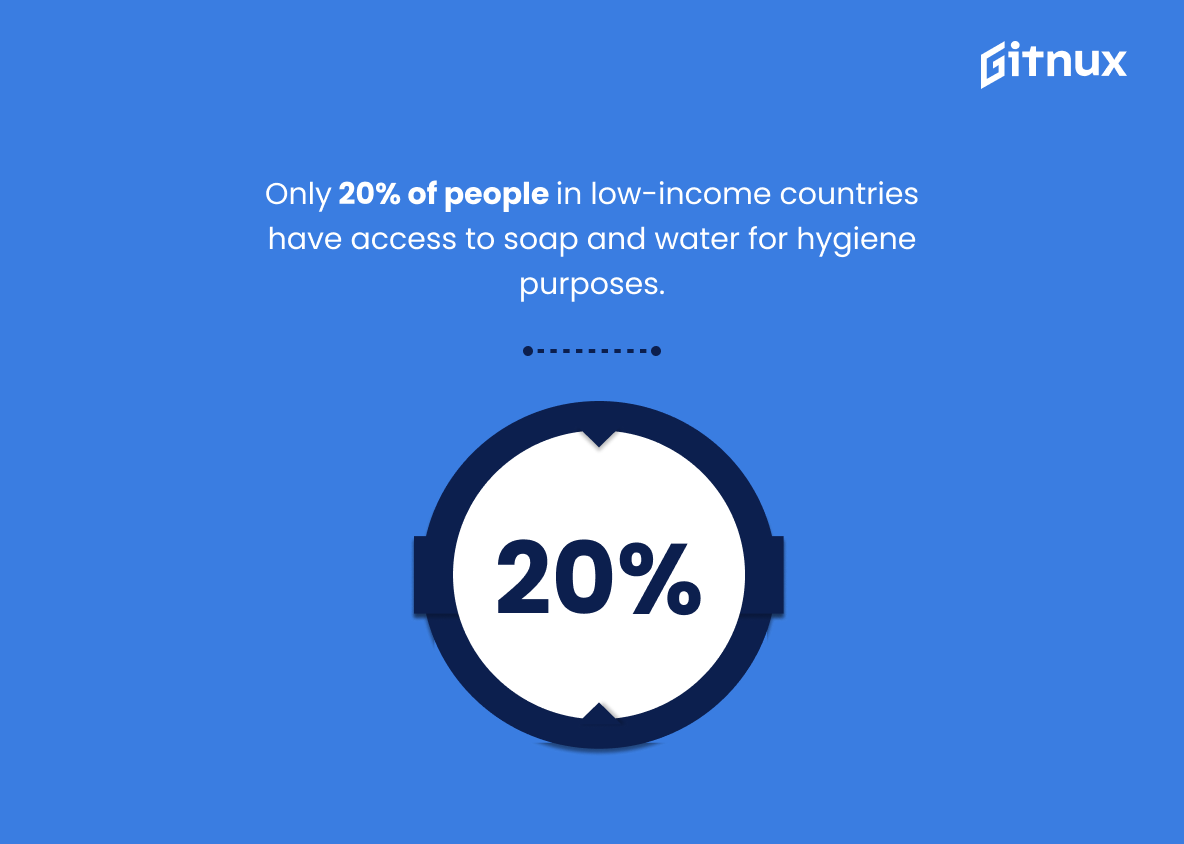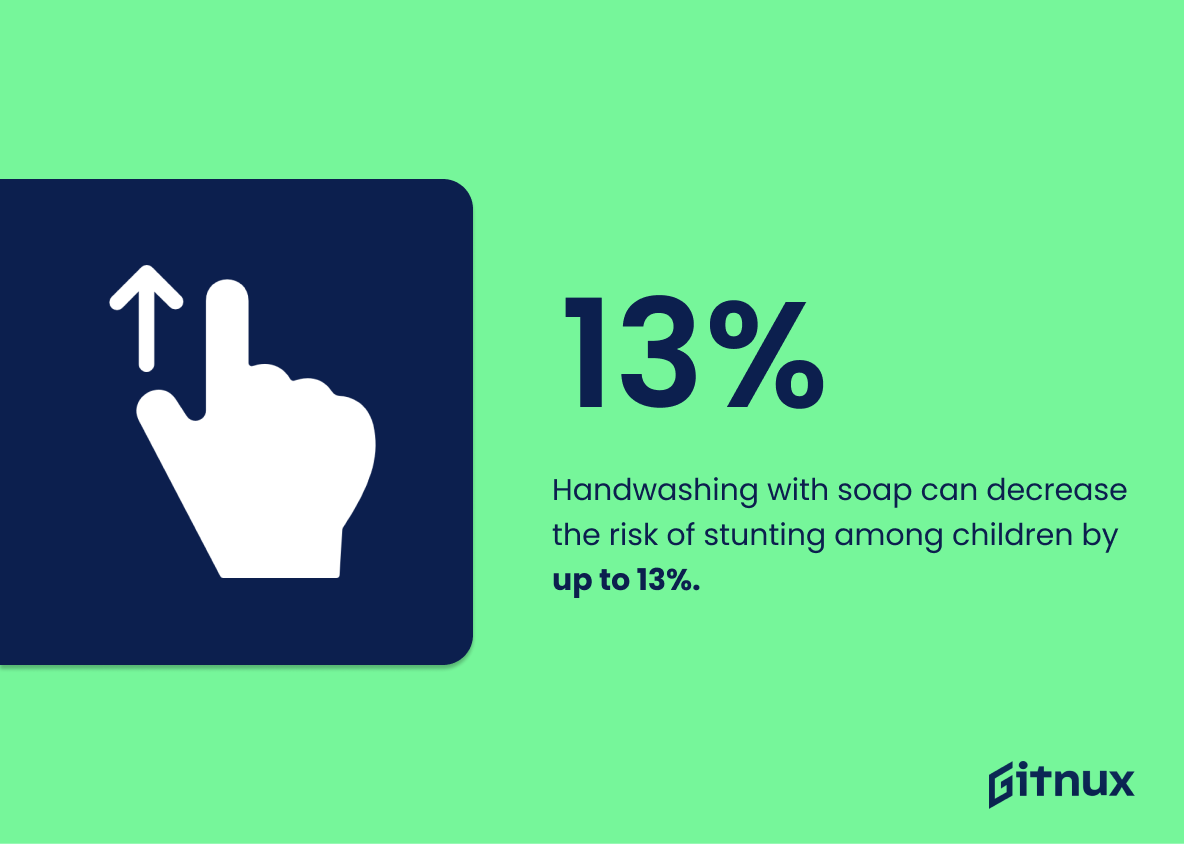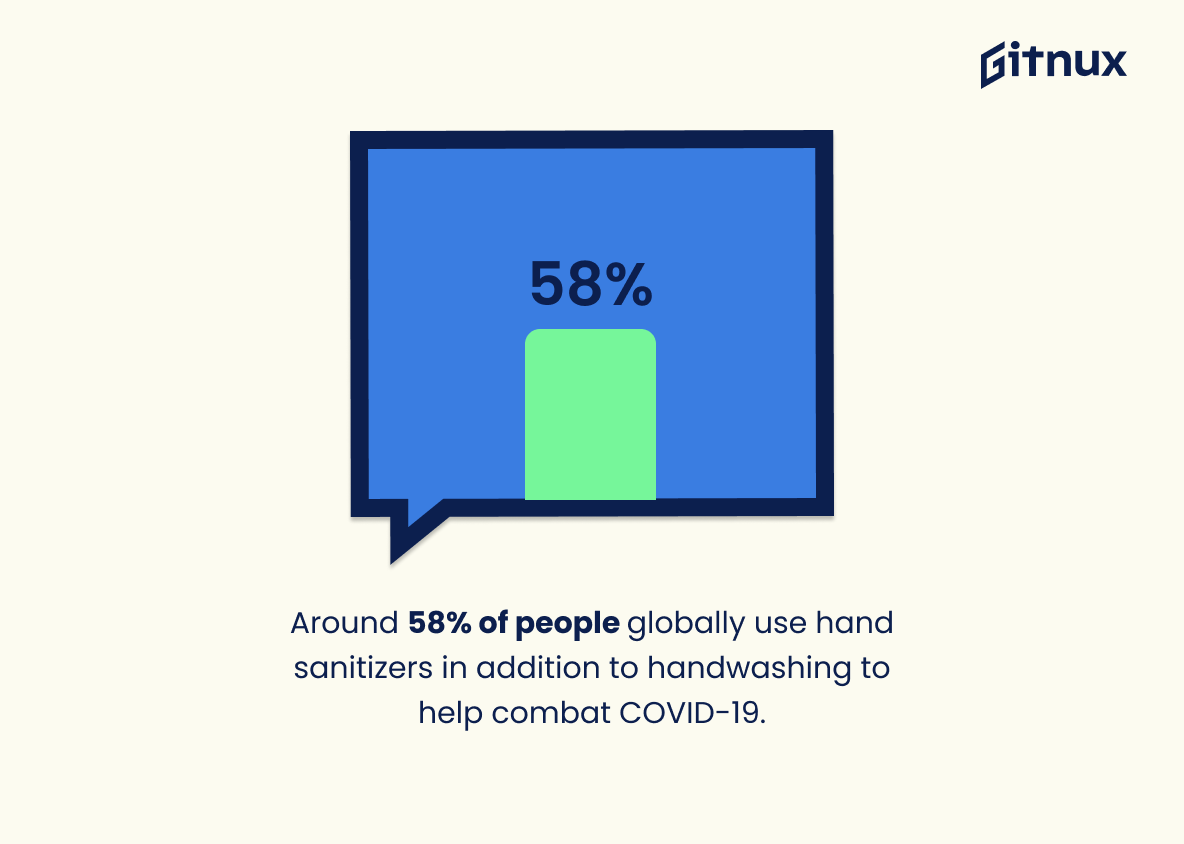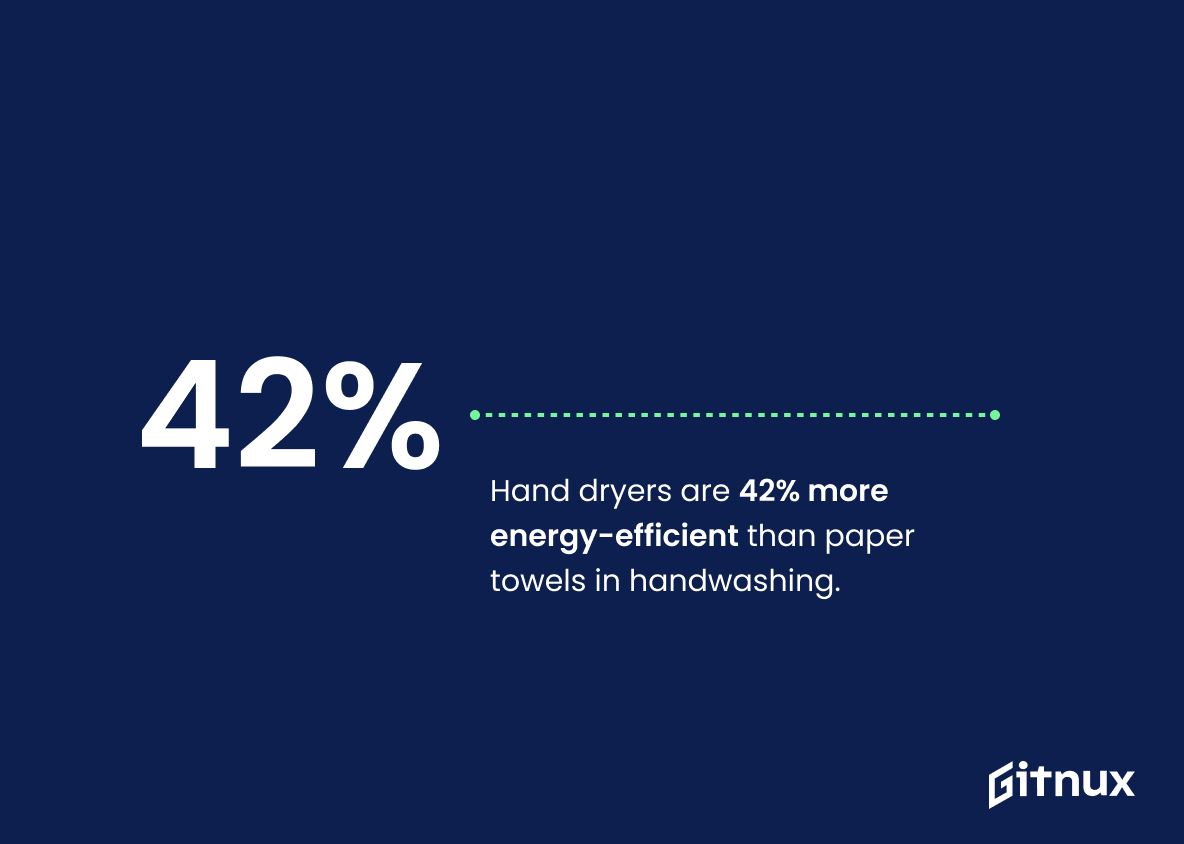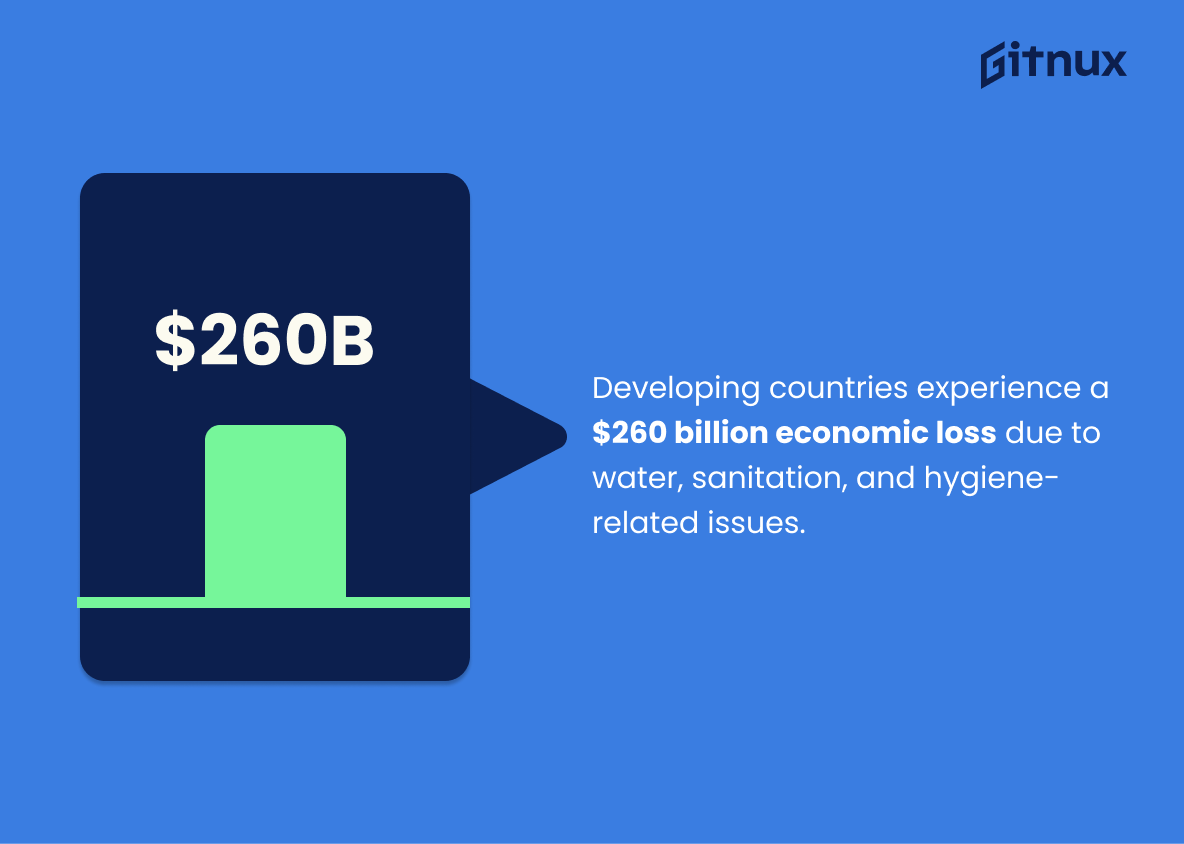Handwashing is an essential part of personal hygiene and can have a significant impact on public health. According to the Centers for Disease Control and Prevention (CDC), handwashing with soap can reduce diarrhea cases by up to 30%. The World Health Organization (WHO) also states that washing hands with soap reduces the risk of respiratory infections by 16%. Unfortunately, 1 in 3 people worldwide do not have access to handwashing facilities with soap and water at home.
The importance of proper hand hygiene goes beyond just reducing diarrheal diseases; it has been found that it can prevent 1 in 5 respiratory illnesses as well. However, 40% of healthcare facilities around the world lack basic hand hygiene at points-of-care. Additionally, only 5% of people wash their hands correctly using both soap and water while 47% men and 65% women wash their hands after using toilets but without any form or type of cleaning agent like soaps or sanitizers etc.. Hand drying is another important step which should be taken into consideration since wet hands increase bacteria transfer by up to 1000 times. Furthermore, 95 percent don’t even bother washing their hands long enough – 20 seconds – for effective removal bacteria & viruses from them.
Moreover, compliance rate among healthcare workers when it comes to following proper hygienic practices such as regular use disinfectants/sanitizers & wearing gloves during patient care activities are quite low i.e., approximately 40%, according WHO reports published recently . Properly washed hands could save millions lives annually if everyone routinely followed this practice: 89 percent children who die due shigellosis related causes would survive if they had access clean drinking water alongwith availability soaps/disinfectants near toilet areas where most germs enter our bodies through contact route.. In addition , COVID 19 pandemic has further highlighted need for frequent usage antiseptic agents before touching face area especially nose mouth eyes etc.. Washing your Hands regularly will help you stay safe from coronavirus too .
Hand Washing Statistics Overview
Handwashing can prevent 1 in 5 respiratory illnesses.
This statistic is a powerful reminder of the importance of handwashing. It highlights the fact that by simply washing our hands, we can reduce our risk of developing respiratory illnesses by a fifth. This is a compelling argument for the importance of handwashing and serves as a reminder of the potential health benefits it can bring.
40% of health care facilities worldwide do not have hand hygiene at points of care.
This statistic is a stark reminder of the importance of hand hygiene at points of care. It highlights the need for greater awareness and implementation of hand hygiene protocols in health care facilities around the world. It is a call to action for health care providers to prioritize hand hygiene and ensure that all points of care are equipped with the necessary supplies and resources to promote proper hand hygiene.
Only 5% of people wash their hands correctly with soap and water.
This statistic is a stark reminder of the importance of proper handwashing. It highlights the need for education and awareness about the correct way to wash hands with soap and water, as only a small fraction of people are doing it correctly. It is a call to action to ensure that everyone is aware of the proper handwashing techniques and is taking the necessary steps to protect themselves and others from the spread of germs and disease.
47% of men and 65% of women wash their hands with soap and water after using the toilet.
This statistic is a powerful reminder of the importance of hand washing. It highlights the gender gap in hand washing practices, with women being more likely to take the necessary steps to protect themselves and others from the spread of germs and disease. This statistic is a call to action for men to take hand washing more seriously and to make sure they are doing their part to keep themselves and others safe.
Hand hygiene compliance in healthcare settings is only around 40%.
This statistic is a stark reminder of the importance of hand hygiene in healthcare settings. It highlights the need for healthcare workers to take extra precautions to ensure that they are properly washing their hands and following the necessary protocols to prevent the spread of germs and infections. It also serves as a warning to patients and visitors to be mindful of their own hand hygiene practices when visiting healthcare facilities.
Hand drying is an essential step; wet hands can increase bacteria transfer by up to 1000 times.
This statistic is a powerful reminder of the importance of hand drying. It highlights the drastic difference between wet and dry hands when it comes to bacteria transfer, and serves as a warning to those who may be tempted to skip this essential step. It is a stark reminder that proper hand hygiene is not something to be taken lightly.
95% of people don’t wash their hands long enough (20 seconds) to effectively remove bacteria and viruses.
This statistic is a stark reminder of the importance of proper hand washing. It highlights the fact that the majority of people are not taking the necessary steps to protect themselves from bacteria and viruses. It serves as a warning that if we do not take the time to properly wash our hands, we are putting ourselves at risk of contracting illnesses.
Proper handwashing can reduce the risk of diarrhea by 48%.
This statistic is a powerful reminder of the importance of proper handwashing. It highlights the fact that taking the time to wash our hands can have a significant impact on our health, reducing the risk of contracting diarrhea by almost half. This is an invaluable insight that should not be overlooked.
Handwashing with soap could halve the number of cases of pneumonia in children under 5 years.
This statistic is a powerful reminder of the importance of handwashing with soap. It highlights the potential for handwashing to drastically reduce the number of cases of pneumonia in children under 5 years, a statistic that should not be overlooked. It serves as a reminder of the importance of proper hand hygiene and the potential for it to save lives.
Handwashing can reduce the risk of diarrheal diseases in school-aged children by 57%.
This statistic is a powerful reminder of the importance of handwashing in preventing the spread of diarrheal diseases in school-aged children. It highlights the fact that proper handwashing can have a significant impact on reducing the risk of these diseases, and should be taken seriously by parents, teachers, and school administrators.
Health care workers wash their hands on average 10 times per shift.
This statistic is a powerful reminder of the importance of hand washing in the health care setting. It highlights the need for health care workers to take extra precautions to ensure that they are properly sanitizing their hands throughout their shift. This statistic serves as a reminder that hand washing is an essential part of providing quality care and protecting patients from the spread of infection.
Handwashing with soap can reduce the spread of COVID-19 by removing the coronavirus from hands.
This statistic is of paramount importance in the context of a blog post about Hand Washing Statistics, as it highlights the effectiveness of handwashing with soap in curbing the spread of COVID-19. By removing the coronavirus from hands, handwashing with soap can be a powerful tool in the fight against the virus.
Washing hands with soap and water can reduce the presence of shigellosis bacteria by 85%.
This statistic is a powerful reminder of the importance of hand washing with soap and water. It demonstrates the dramatic impact that proper hygiene can have on reducing the presence of shigellosis bacteria, a potentially serious infection. This statistic serves as a reminder that proper hand washing is an essential part of keeping ourselves and our communities safe and healthy.
Conclusion
The importance of handwashing cannot be overstated. Handwashing with soap and water can reduce the risk of diarrhea by up to 30%, respiratory infections by 16%, acute respiratory illnesses by 23% and shigellosis bacteria by 85%. Unfortunately, 1 in 3 people worldwide do not have access to handwashing facilities at home, while 40% of health care facilities lack basic hygiene services. Furthermore, only 5% of people wash their hands correctly with soap and water for 20 seconds or more – a step that is essential as wet hands can increase bacteria transfer 1000 times compared to dry ones.
Hand hygiene compliance in healthcare settings is also low at around 40%. This means that proper education on how to properly wash one’s hands needs to be provided so that we can save lives from preventable diseases such as diarrheal disease which kills 89% children who could otherwise survive if they had access to clean running water and soap. If everyone routinely washed their hands it has been estimated that 1 million lives would be saved annually.
References
0. – https://www.thelancet.com
1. – https://www.who.int
2. – https://www.cleanlink.com
3. – https://www.pubmed.ncbi.nlm.nih.gov
4. – https://www.jhsph.edu
5. – https://www.ctvnews.ca
6. – https://www.ncbi.nlm.nih.gov
7. – https://www.medicalnewstoday.com
8. – https://www.cdc.gov
